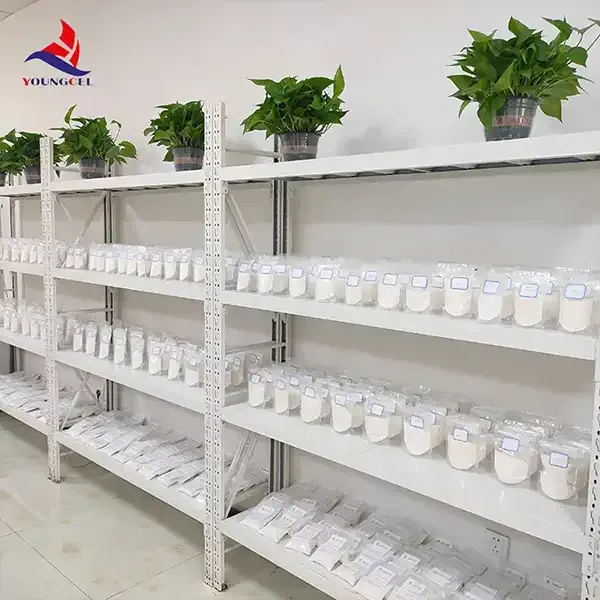Exploring HEC Cellulose Versatile Applications and Benefits
Hydroxyethyl cellulose (HEC) is a non-ionic cellulose ether derived from natural cellulose sources, notably from wood and cotton. Its unique properties make it a valuable substance across various industries, including pharmaceuticals, cosmetics, food, and construction. With increasing attention toward sustainable and biodegradable materials, HEC cellulose serves as a promising option due to its eco-friendliness and versatility. This article explores the characteristics, applications, and benefits of HEC cellulose.
Properties of HEC Cellulose
HEC cellulose is characterized by its ability to dissolve in water, forming a clear and viscous gel. This solubility is due to the hydroxyethyl groups that enhance its compatibility with water compared to other cellulose derivatives. Furthermore, HEC is non-toxic and biodegradable, making it an attractive alternative to synthetic polymers. This polymer not only improves the viscosity of products but also acts as a stabilizer, emulsifier, moisturizer, and thickening agent. These properties allow it to find applications across a broad range of fields.
Applications of HEC Cellulose
1. Pharmaceuticals In the pharmaceutical industry, HEC cellulose is widely used as a thickening agent in gels and liquid formulations. Its gel-forming ability helps in controlled drug delivery systems, protecting active ingredients and ensuring a sustained release. Moreover, HEC can enhance the stability and solubility of certain medications, making it an essential excipient in pharmaceutical formulations.
hec cellulose

2. Cosmetics and Personal Care As a popular ingredient in cosmetics, HEC cellulose provides exceptional moisturizing properties and improves the texture of creams, lotions, and gels. Its ability to retain water makes it ideal for products aimed at hydration. Additionally, HEC helps in stabilizing emulsions and can enhance the spreadability of various formulations, ensuring a smooth application on the skin.
3. Food Industry In food technology, HEC cellulose serves as a food additive that functions as a thickener, stabilizer, and emulsifier. It can enhance the mouthfeel and consistency of sauces, dressings, and dairy products. Moreover, its low calorie count and high fiber content make it a desirable ingredient for health-oriented food products promoting dietary fiber intake.
4. Construction In the construction sector, HEC cellulose is employed in cement and gypsum plaster formulations. It enhances workability and water retention, thus improving adhesion and reducing the risk of cracking. The use of HEC in cement formulations allows for better control over the application process while ensuring durable finishes.
Benefits of HEC Cellulose
The adoption of HEC cellulose across various sectors comes with several benefits. First and foremost, its biocompatibility and non-toxic nature make it safe for use in consumer products. The biodegradable nature of HEC cellulose contributes to sustainability, reducing plastic waste in the environment. Additionally, its multifunctionality allows manufacturers to reduce the number of additives used in formulations, streamlined production, and potentially lower costs.
In summary, the rise of HEC cellulose as a versatile and sustainable polymer highlights its critical role in modern applications across several industries. Its unique properties — including water solubility, non-toxicity, and biodegradability — position it as a significant alternative to conventional synthetic materials. As industries continue to seek more sustainable options, HEC cellulose will undoubtedly play an essential role in shaping the future of formulations and innovations.
-
Rdp Powder: Key Considerations for Wholesalers in the Building Materials IndustryNewsJul.08,2025
-
Key Considerations for Wholesalers: Navigating the World of Hpmc - Based ProductsNewsJul.08,2025
-
Hpmc Detergent: Key Considerations for WholesalersNewsJul.08,2025
-
Key Considerations for Wholesalers: China Hpmc For Tile Adhesive, Coating Additives, Concrete Additives, and MoreNewsJul.08,2025
-
Crucial Considerations for Wholesalers: Navigating the World of Construction MaterialsNewsJul.08,2025
-
Key Considerations for Wholesalers Sourcing Additive For Cement, Additive For Concrete, Additive For Putty from Additive Manufacturer Shijiazhuang Gaocheng District Yongfeng Cellulose Co., Ltd.NewsJul.08,2025




